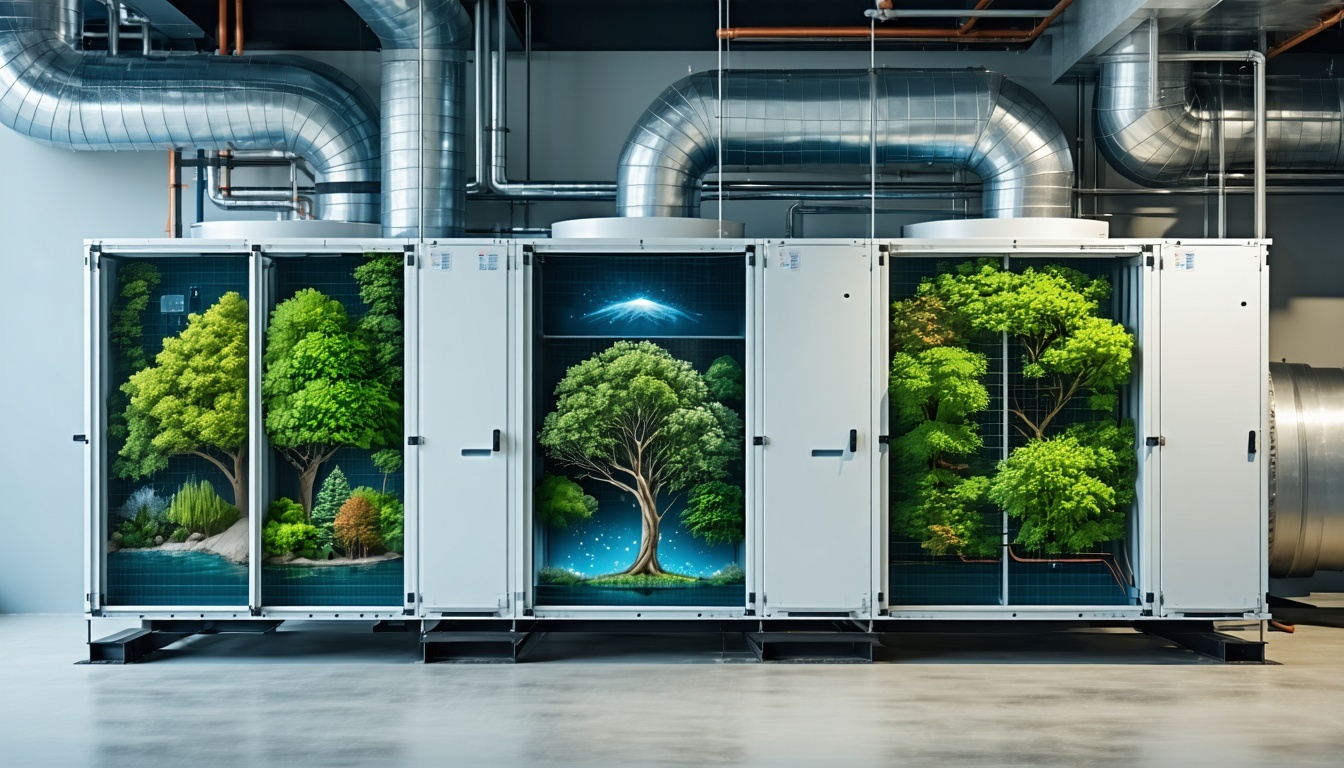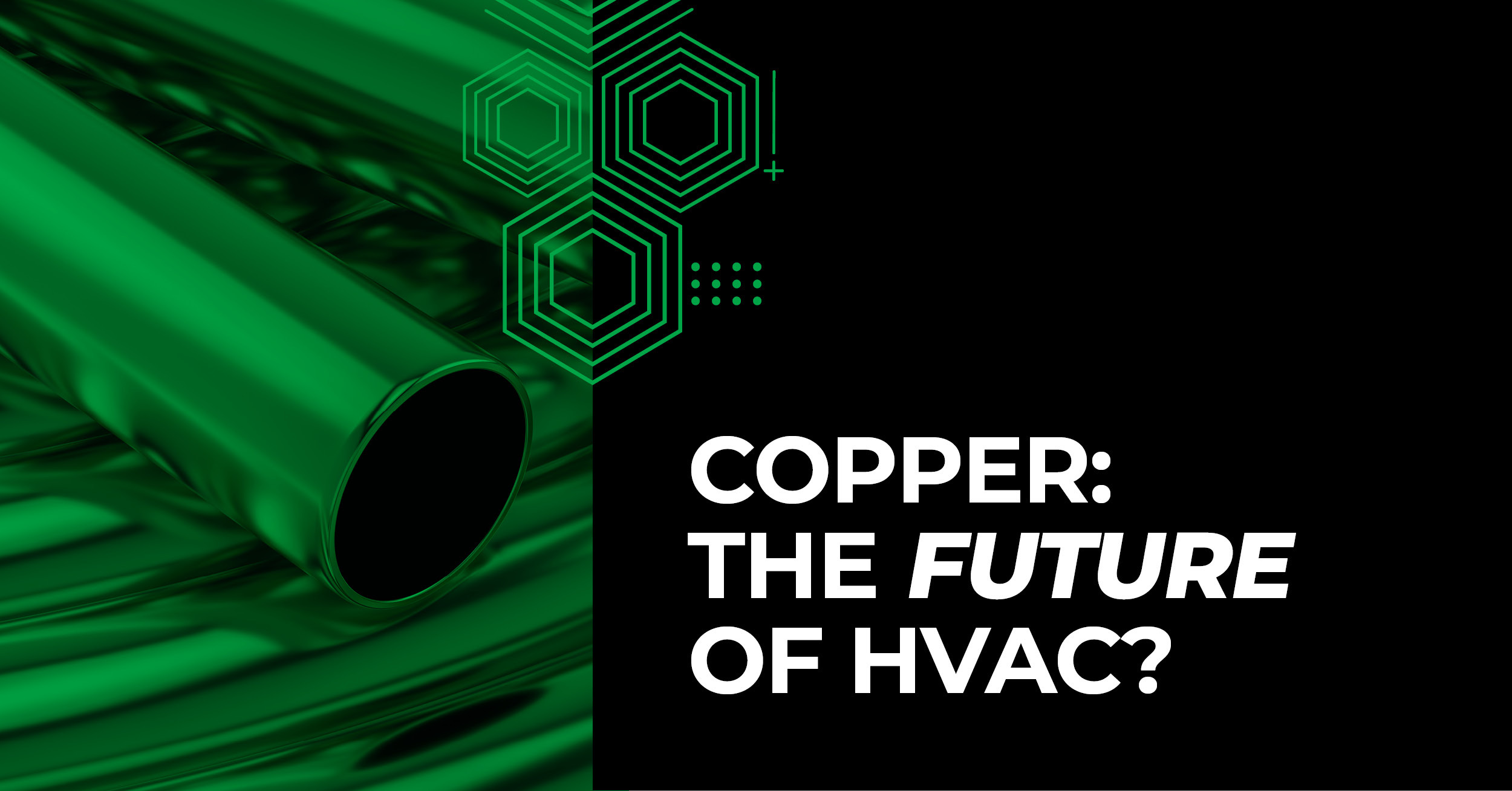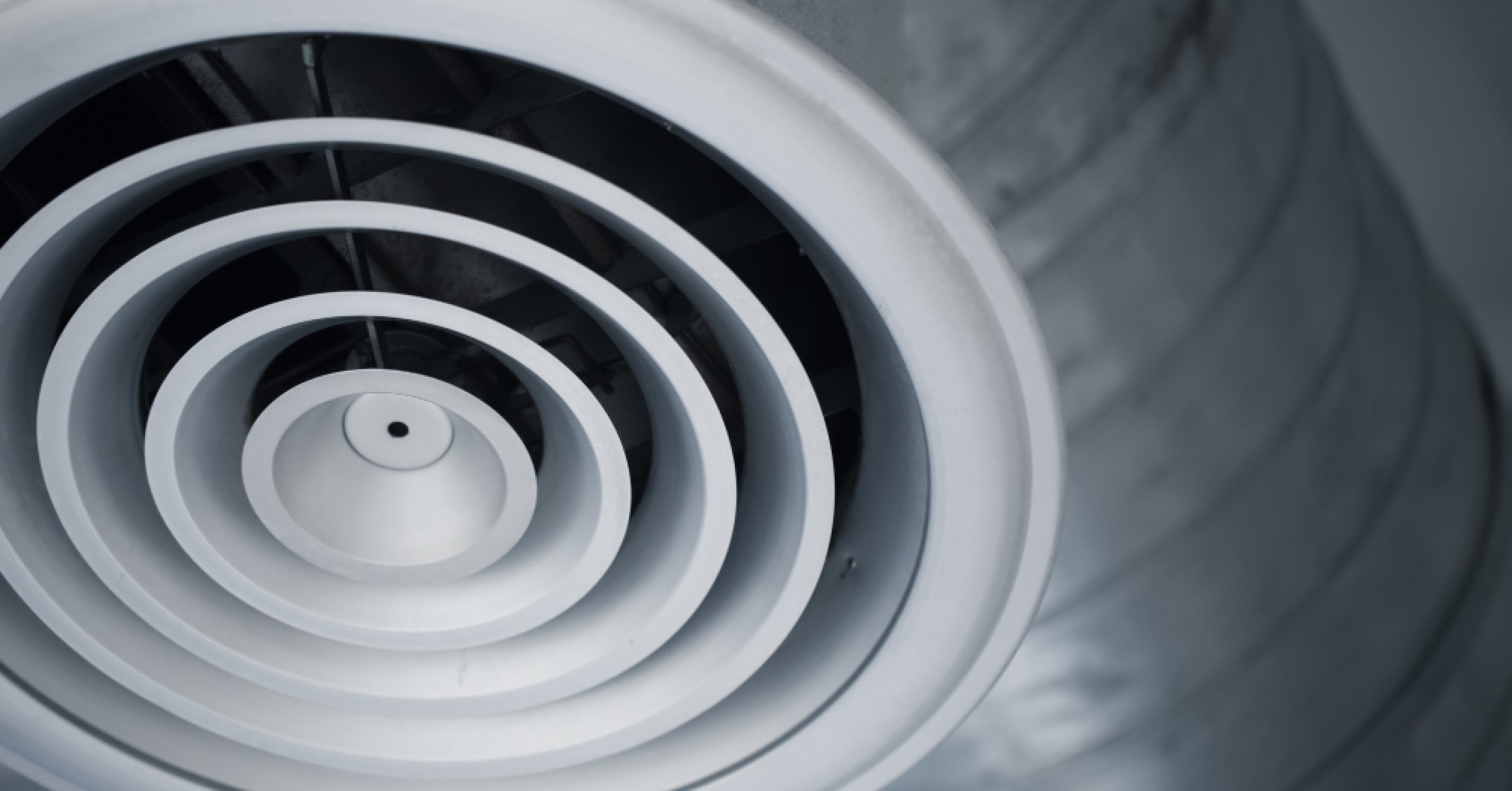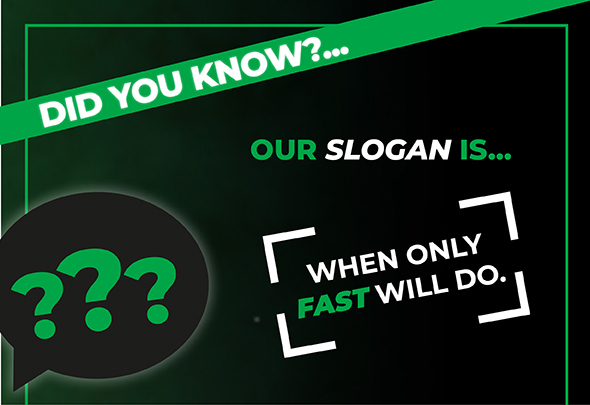Discover how eco-friendly climate control solutions are revolutionizing the construction industry and paving the way for a sustainable future.
The Urgent Need for Sustainable HVAC Solutions
As the construction industry continues to evolve, the demand for sustainable HVAC solutions has never been more critical. With increasing awareness of climate change and environmental degradation, there is a pressing need to adopt eco-friendly technologies that reduce carbon footprints. Traditional HVAC systems, while effective, often consume significant amounts of energy and contribute to greenhouse gas emissions. The shift towards sustainable HVAC solutions is not just an option but a necessity for a greener future.
Regulations and standards are also tightening, encouraging or even mandating the use of energy-efficient systems. This urgency is further amplified by the growing consumer demand for eco-friendly buildings. Whether it’s new constructions or retrofitting existing structures, sustainable HVAC solutions like Hybrid Variable Refrigerant Flow (HVRF) systems are gaining traction for their efficiency and environmental benefits.
Innovative Technologies in Eco-Friendly Heating
Innovative technologies are at the forefront of eco-friendly heating solutions. One such advancement is the Mitsubishi Hybrid Variable Refrigerant Flow (HVRF) system. This system combines the benefits of traditional VRF systems with the environmental advantages of water-based heat exchange. By leveraging the strengths of both air and water systems, HVRF provides superior energy efficiency and reduced carbon emissions.
Another significant innovation is the integration of smart controls and IoT (Internet of Things) technology. These systems enable real-time monitoring and optimization of HVAC performance, ensuring that energy use is minimized while maintaining optimal indoor climate conditions. The use of renewable energy sources, such as solar-powered HVAC units and geothermal heat pumps, is also becoming more prevalent, further reducing the environmental impact of heating and cooling systems.
Benefits of Eco-Friendly HVAC Systems in Construction
Incorporating eco-friendly HVAC systems in construction projects offers numerous benefits. Firstly, these systems significantly reduce energy consumption, leading to lower operational costs. For contractors and building owners, this translates into substantial savings over the lifecycle of the building. Additionally, sustainable HVAC systems often qualify for various incentives and rebates, further enhancing their cost-effectiveness.
Another key benefit is the positive impact on indoor air quality. Eco-friendly HVAC systems are designed to minimize the use of harmful refrigerants and incorporate advanced filtration technologies, resulting in healthier indoor environments. This is particularly important in commercial buildings where occupant health and productivity are paramount. Furthermore, buildings equipped with sustainable HVAC solutions are more attractive to environmentally-conscious tenants and buyers, increasing property values and marketability.
Challenges and Solutions in Implementing Green HVAC Systems
Despite the numerous benefits, the implementation of green HVAC systems is not without challenges. One of the primary hurdles is the initial cost of installation. Sustainable HVAC systems, particularly advanced technologies like HVRF, can be more expensive upfront compared to traditional systems. However, the long-term savings in energy costs and potential incentives often offset these initial expenses.
Another challenge is the complexity of integrating new technologies into existing structures. Retrofitting older buildings with modern eco-friendly HVAC systems requires careful planning and expertise. To address these challenges, it is crucial to work with experienced contractors and engineers who are well-versed in the latest technologies and best practices. Training and education for HVAC professionals are also essential to ensure that they can effectively design, install, and maintain these systems.
Future Trends in Eco-Friendly Climate Control
The future of eco-friendly climate control looks promising, with several trends poised to shape the industry. One such trend is the increasing adoption of smart and connected HVAC systems. These systems use advanced algorithms and machine learning to optimize performance, reduce energy consumption, and enhance user comfort. The integration of artificial intelligence (AI) is expected to further revolutionize HVAC systems, enabling predictive maintenance and autonomous operation.
Another significant trend is the shift towards zero-energy buildings. These buildings are designed to produce as much energy as they consume, primarily through the use of renewable energy sources and highly efficient HVAC systems. The development of new materials and technologies, such as phase-change materials and advanced insulation, will also play a crucial role in achieving greater energy efficiency. As the construction industry continues to prioritize sustainability, the demand for innovative and eco-friendly HVAC solutions will only grow, driving further advancements and adoption.






